Helicopter Stories: Demonstrating Progress
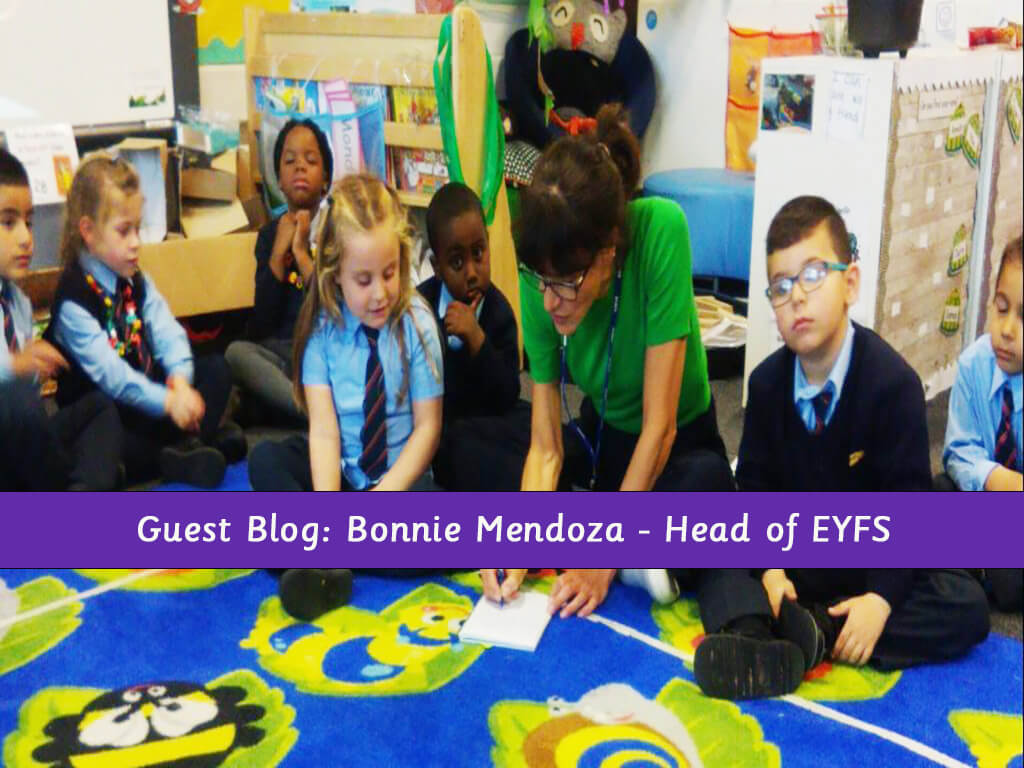
What do Hulk, Paw Patrol, a Unicorn, Mummy, Black Spiderman, a Gorilla, and Goldilocks have in common?
Answer: They are all popular features of children’s Helicopter Stories.
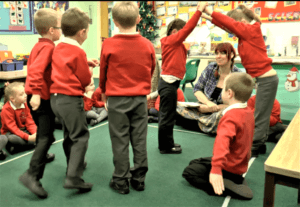
However, there is so much evidence that can be found beneath the surface of these characters in our children’s stories. These are the exciting bits… the windows into their world… the insight into their thinking and understanding… and these are the reasons I love doing Helicopter Stories with my children.
Children’s stories often reflect their fears and worries, or reveal things which excite and inspire them. They show friendships, hopes and fantasies combined with real life experiences. They can illuminate how a child makes sense of their world and the features that they place importance on. They provide escapism as well as reality and are a wonderful model of inspiration for the rest of the class. The delight children express when their peers are acting out their own story is a wonder to witness.
As a practitioner it can often be difficult to find evidence for some of the areas of learning when it comes to assessment, such as Understanding the World, Communication and Language (particularly Listening and Attention) and Personal, Social and Emotional Development. It can be particularly tricky with some of the children; either the quiet ones or those who don’t speak much English or even those children who are very able. How do you show progress in their knowledge and understanding?
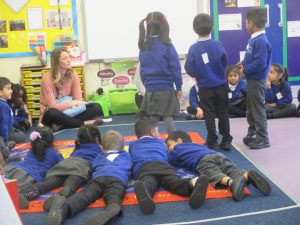
I think Helicopter Stories is a wonderful tool for showing amazing progress, particularly when you look at a child’s story in September, then again in January and finally at their stories in July. Perhaps along the way you will have some evidence of their own hand-written Helicopter stories to add to this pile.
You will see how their language has developed, how the concepts within that language have grown, how their understanding has deepened, how they have become more aware of their peers, ‘their audience’, and how they begin to tell stories which will captivate and amuse their friends.
Children’s confidence in wanting to share their stories will have grown, as will their ability to communicate freely and with enthusiasm, showing faith in their own abilities.
I am an author. I can make up a story. I can act out a story. I can pretend. I can engage all my friends.
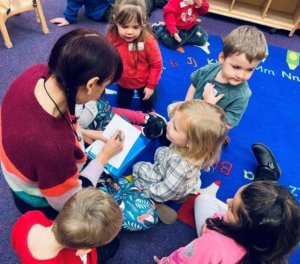
Tyrone in my Reception class is one of those wonderfully fidgety boys for whom sitting down and listening for sustained periods of time is incredibly challenging. I was never sure what he was hearing during our shared carpet sessions, what learning was taking place for him or even how interested he was in our core book.
Then came Helicopter stories and the first time I tried it with my new class, in my new school.
I have a large majority of EAL children, many of whom had not been to a Nursery before and even though I have been one of MakeBelieve Arts Helicopter Stories Champions for several years, I wasn’t sure how well this approach was going to work with this new group. I needn’t have worried. The first person to volunteer to tell a story in front of all his peers, was Tyrone.
Once upon a time there was a little girl called Little Red Riding Hood. And Little Red Riding Hood Mum said, “Take this basket to Grandma.” Little Red Riding Hood said, “Why?”
“Because Grandma ill.”
Little Red Riding Hood’s Mum said two rules. First little Red Riding Hood’s Mum said, “Don’t go off the path.” And Little Red Riding Hood’s Mum said, “Don’t talk to strangers.”
And then Little Red Riding Hood went to her Grandma’s house, and Little Red Riding Hood saw a big bad wolf.
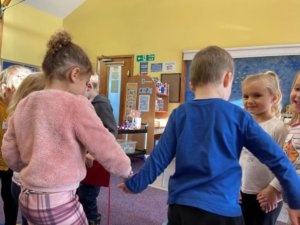
What isn’t obvious from this scribed story, is the animated way in which Tyrone told it. Not only had we been learning the traditional story of Little Red Riding Hood, but we had also been using Pie Corbett’s Talk for Writing approach to embed the words. Tyrone used every action we had made up, as he retold me the story word-for-word, without hesitation. Instantly I knew he had heard everything and absorbed all of the learning…in his own distinctive fidgety way.
Another child, Alice was incredibly anxious when she began Reception. She was very bright and had an older brother at school who she talked about adoringly. However any small change in routine, a pencil not found, a sheet of paper missing, the rain falling and her having forgotten her wellies, all reduced her to tears and panic. It was difficult to complete her Baseline assessment. as her levels of well-being constantly dipped. Yet, for some reason that I never would have anticipated, Alice volunteered to be the second child to tell me her story, in front of all her peers.
Big Bad Wolf eats the Grandma and then he pretend to be Grandma. And then he scared Little Red Riding Hood.
The tiger said “roar!” And then he scared everyone.
And then he run-ed into his house. And then he went to his house and he come back outside. And then the elephant went to his house and he come to drink some water. And then he went back to his house and he eat some food.
Alice became so excited when she told me her story and I loved that she developed our version of Little Red Riding Hood to maker her own version, having the confidence as well as the language and understanding to do so.
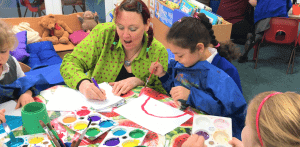
Alice demonstrated some sound knowledge of the world, she knew that the animals need to drink and eat and that tigers can be scary. I had originally referred Alice to the speech and language therapist as I was concerned about her, both as an EAL and an extremely anxious child with limited vocabulary. How wrong I was.
Within a couple of months, Alice was finding her own little books or pieces of paper and asking children if they would like to tell her a story as she scribed for them. She is one of the high-fliers and I am delighted that through Helicopter Stories I managed to find something which Alice was passionate about, rather than worried about, so early on in the year, in this way giving her the opportunity to fly.
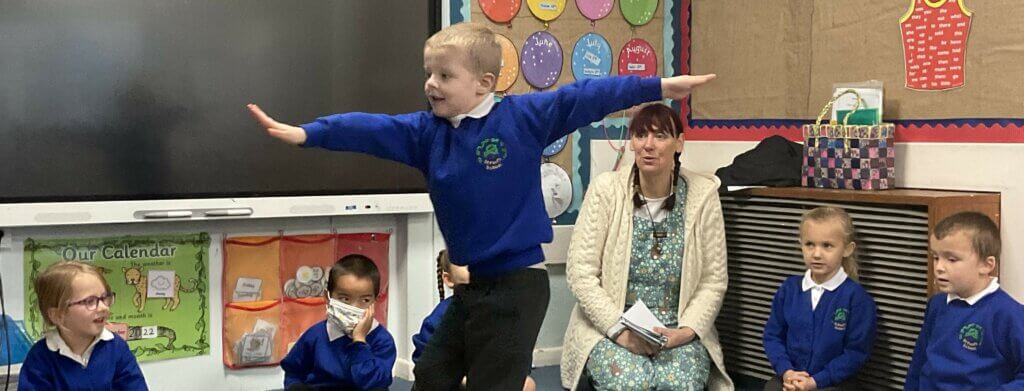
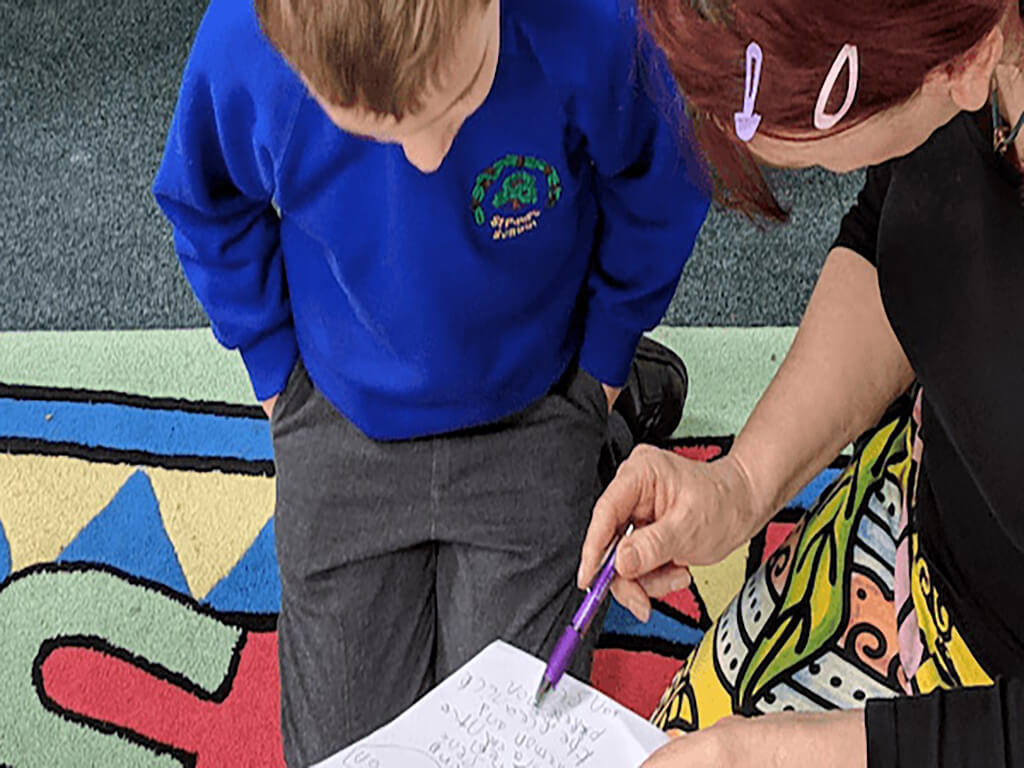
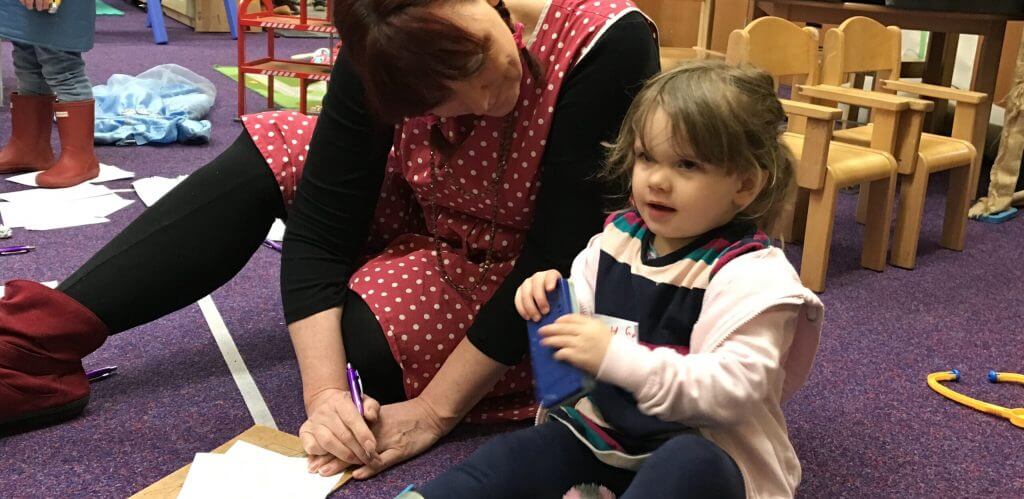
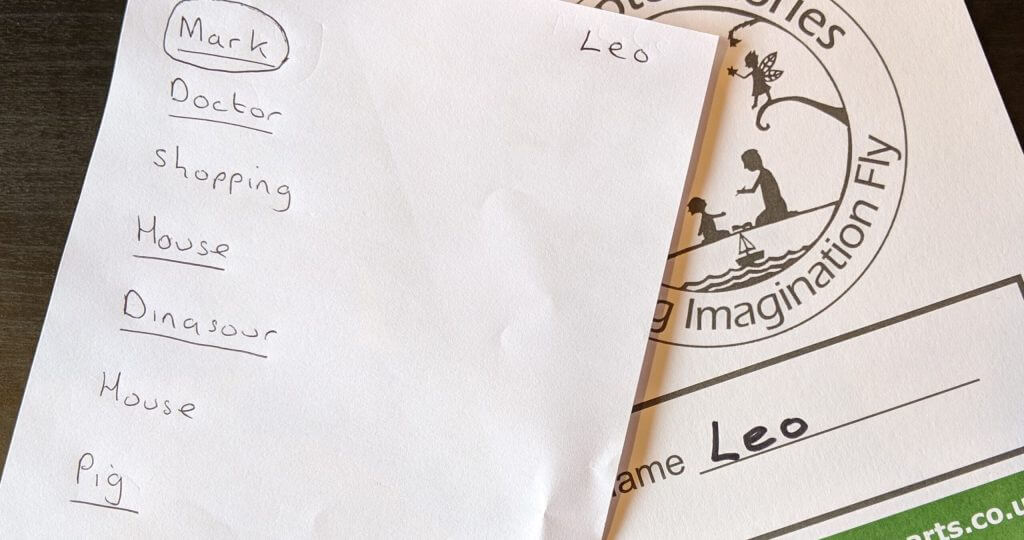
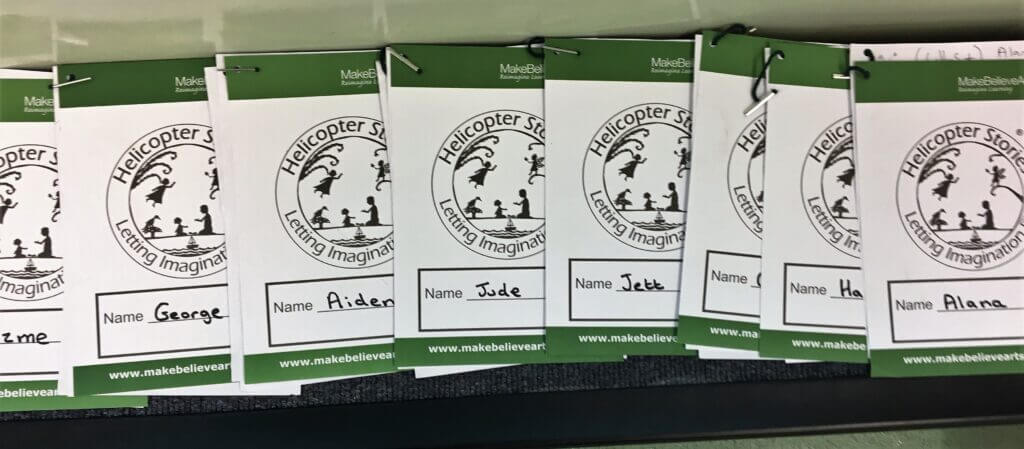
Responses